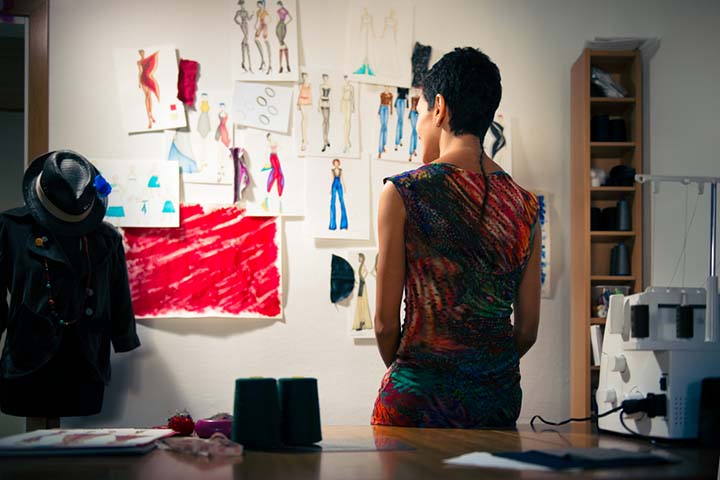You’ve been tirelessly working on a concept for a clothing line that you think is going to be the next Lululemon. Things are going great until you discover that the fabric you selected is now in high demand, which has driven the price up. Now you can’t produce the garment cost-effectively enough to retain the margin that you promised your investors. What do you do?
Fast forward six months. You’re preparing to launch your product and have put together an air-tight marketing plan that incorporates custom product videos. But the agency you hired announces that it is folding after you paid it a generous deposit, leaving you with half the budget you originally planned for. Again, what do you do?
As a fashion designer, you’re highly creative and enjoy a good challenge. You know exactly what type of fabric best holds the shape of knife pleats and what type of zipper keeps water out most effectively, but finding solutions to the challenges presented above is making you come loose at the seams.
Enter Design Thinking
Now, you may be thinking: “I design; therefore, I am a design thinker, right?” Sure. You have all the tools you need to use design thinking to solve these problems; you just need a framework to help you find your solution.
Although it may not sound like it, design thinking is a fairly modern concept. It emerged out of a direct need for product design teams to communicate in two directions. The idea is to create a feedback loop that helps increase the probability for success by identifying potential problems before they become too big to solve.
In a TED Talks video, Tim Brown, one of the design thinking thought-leaders says:
Design [thinking] has it’s greatest impact when it’s taken out of the hands of the designers and [placed] into the hands of everyone.
When used as a problem-solving methodology, it is useful in multiple disciplines, not just in traditional design fields. In fact, anything that humans interact with has the potential to be changed for the better through the use of effective design thinking.
So how is this achieved? Let’s break it down step-by-step as it applies to the above scenario:
Step 1. Learn from the customer
After defining multiple persona types for your brand, you conduct in-depth interviews with multiple people who fit these personas and gather the data so that it can later be analysed.
Step 2. Find patterns in the data
The data you collected reveals some interesting patterns. For example, only 20 per cent of people who describe themselves as “extremely athletic” are willing to buy your product, whereas 90 per cent of people who said they are “moderately athletic” are willing.
Step 3. Develop design principles
Now that you’ve identified patterns, group these into categories, or design principles. Refer to these principles throughout the product development phase. Think of them as being your North Star(s) that always lights the way forward.
Step 4. Make a prototype to test your principles
Once you have a handle on where your product is going, it’s time to make a prototype (or five) to test the effectiveness of your principles-driven product. Then, ask your customers and potential customers for their feedback.
Step 5. Iterate relentlessly
Steps four and five can be grouped together and illustrated with the infinity symbol because these two steps work as a feedback loop. Remember, prototyping improves the likelihood that your product will succeed because, in theory, you will have worked out many of the otherwise “unforeseen” issues with usability or wearability.

The Solution
Having gone through these steps, the solution to the problems stated above should become more clear.
Here’s what I would do:
On the issue of the fabric cost, use a similar synthetic fabric replacement that has a lower performance value (and hopefully a lower cost) than the original selected. The majority of your customers will not appreciate high-performance fabric because they aren’t high-performance athletes. This means they’ll be equally as happy and willing to buy your product with the substitute.
For your product videos, find compelling video content through a stock video provider and repurpose it for your brand. Even though your entire video won’t be unique to your brand, you should be able to get a few essential shots that can be spliced together with the stock videos to tell your brand story.
